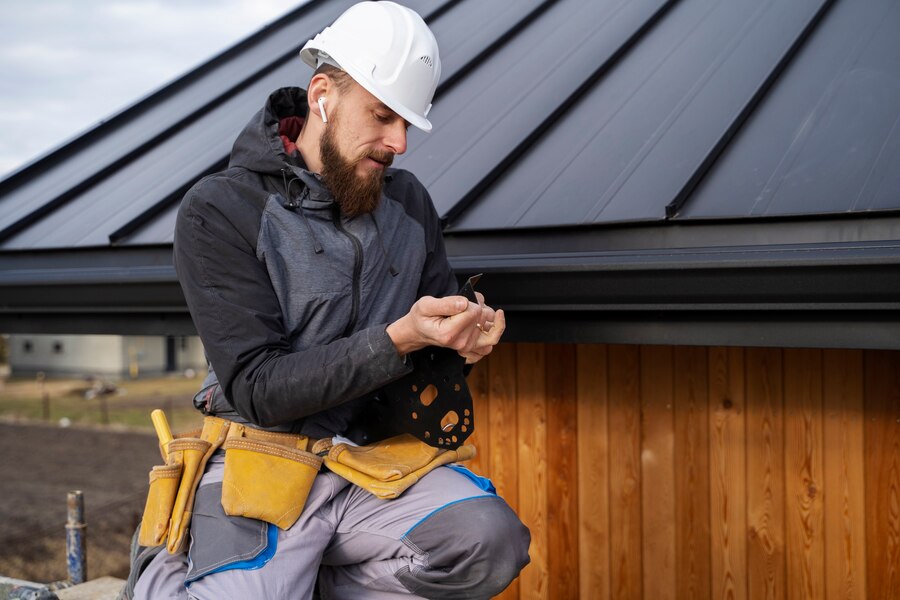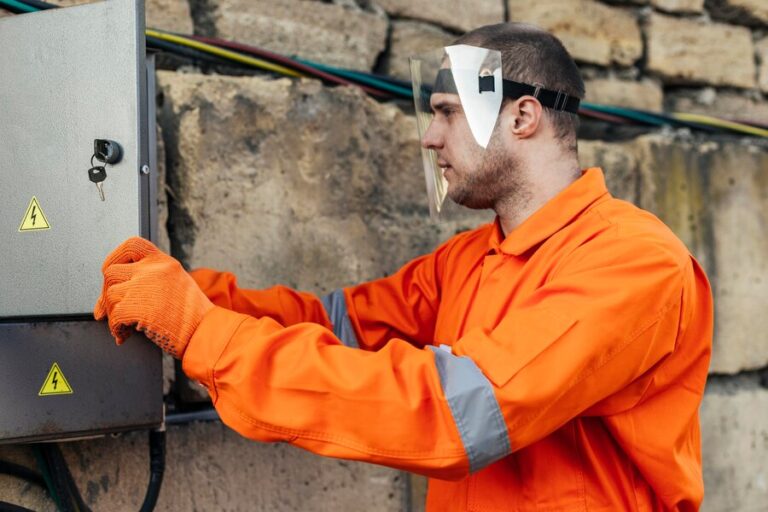When it comes to building or renovating a home, one crucial aspect that often goes unnoticed by homeowners is the roof structure. Among the various elements that contribute to a roof’s strength and stability, roof joists play a vital role. Understanding what roof joists are, their purpose, and how they impact the overall integrity of your roof can help you make informed decisions during construction or renovation projects.
What Are Roof Joists?
Roof joists are horizontal structural members used in roof construction to support the weight of the roof and any additional loads it may bear. They form the main framework of the roof, providing a stable base for the roof covering and distributing the load evenly across the building’s walls or beams. Roof joists are typically made of wood, steel, or engineered materials, depending on the design requirements and the building’s specifications.
The Purpose of Roof Joists
One of the primary functions of roof joists is to distribute the weight of the roof and any additional loads, such as snow or equipment, across the building’s structure. By spreading these loads evenly, roof joists prevent localized stress that could lead to structural issues or even failure. This load distribution is crucial in ensuring the roof’s longevity and preventing potential damage to the building.
In addition to load distribution, roof joists provide essential structural support to the roof. They create a framework that helps maintain the shape of the roof and supports the weight of the roofing materials. Without properly installed roof joists, the roof could sag or collapse under pressure, leading to significant and costly repairs.
Roof joists also play a role in creating space for insulation and ventilation. The space between joists can be used to install insulation, which helps regulate indoor temperatures and improve energy efficiency. Proper ventilation within the joist space is equally important, as it prevents moisture buildup and potential damage to the roof and underlying structures.
Types of Roof Joists
Timber joists are a traditional choice for residential roofing and are valued for their natural strength and ease of use. Typically made from solid wood or laminated timber, they provide the necessary support for most roof designs. Timber joists can be cut and shaped on-site, making them a flexible option for various roof structures.
Steel joists, on the other hand, are often used in commercial and industrial buildings due to their high strength and durability. They can span longer distances than timber joists, which is advantageous for large roof spaces. Steel joists are pre-engineered and manufactured off-site, ensuring precision and consistency in their dimensions.
Engineered joists, also known as I-joists, are made from a combination of wood and engineered materials such as plywood or oriented strand board (OSB). They offer the benefits of both wood and manufactured materials, providing strength and stability while reducing the risk of warping or shrinking. Engineered joists are ideal for modern construction where precise load-bearing capabilities are required.
Installing Roof Joists
Proper installation of roof joists is crucial for ensuring the stability and longevity of your roof. The design and spacing of roof joists depend on various factors, including the roof’s pitch, the type of roofing material, and the load it needs to support. A structural engineer or architect typically determines the appropriate size, spacing, and placement of joists to meet the building’s requirements.
Using high-quality materials for roof joists is essential for long-term durability. It is important to ensure that the wood or steel used is free from defects and treated to resist moisture, insects, and other potential issues. For engineered joists, it is crucial to verify that they meet the manufacturer’s specifications and are installed according to guidelines.
Roof joists must be properly supported at both ends, typically by load-bearing walls or beams. Adequate support ensures that the joists can carry the roof’s weight without sagging or shifting. Additionally, connections between joists and supporting structures should be securely fastened using appropriate hardware to ensure stability.
Regular inspection of roof joists is important for identifying any signs of damage or wear. Look for issues such as rot, warping, or cracking that could compromise the structural integrity of the roof. Addressing any problems promptly can prevent more serious issues and extend the lifespan of your roof.
Conclusion
Roof joists are a fundamental component of a roof’s structure, providing crucial support and load distribution. Whether you’re building a new home or renovating an existing one, understanding the role of roof joists and ensuring their proper installation is essential for maintaining a strong and durable roof. By selecting the right type of joists, using quality materials, and following proper installation practices, you can ensure that your roof remains stable and functional for years to come.







